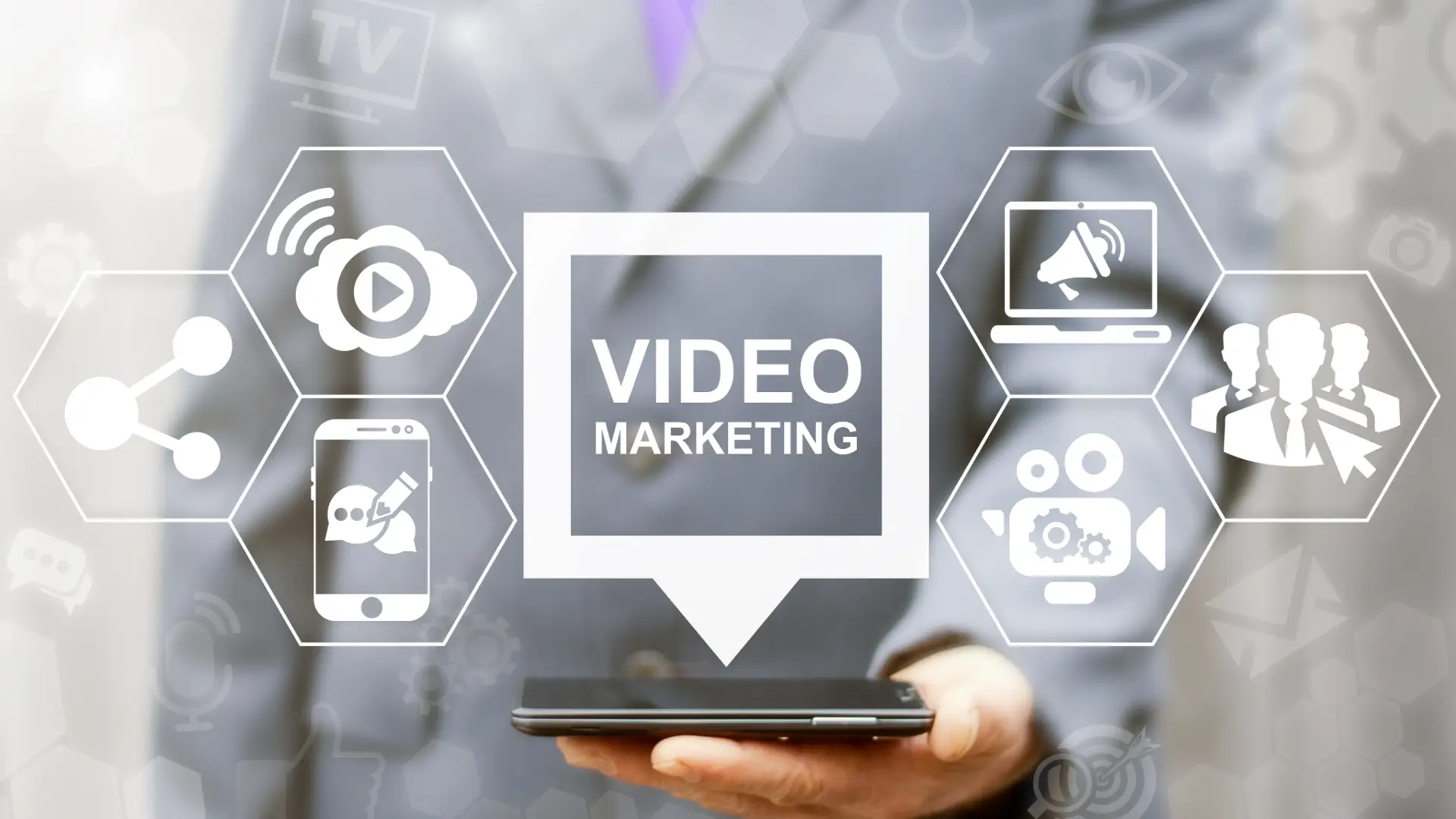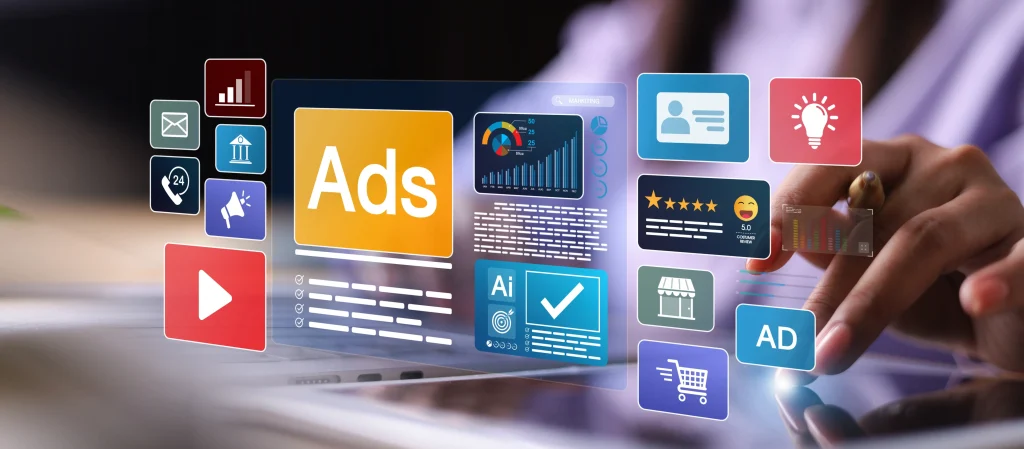The Ultimate Guide to Mastering Google Ads
Google Ads can be a game-changer for small and medium-sized businesses (SMBs). You’ve likely heard about others’ success stories, but diving in yourself feels a bit daunting. Don’t worry! This guide will take you through everything you need to know to create, manage, and optimize your Google Ads campaigns. Whether you’re a novice or looking to fine-tune your strategies, stick around to master Google Ads like a pro.
Understanding Google Ads: The Basics
Google Ads, formerly known as Google AdWords, is Google’s advertising platform. It allows businesses to display ads on Google’s search engine results pages (SERPs) and millions of partner websites. Essentially, you bid on specific keywords, and when users search for those terms, your ad has a chance to appear.
You might wonder why Google Ads is vital. Well, Google is the most visited website in the world. By harnessing its reach, you can put your business in front of a massive audience. Plus, the platform’s ability to deliver precise, targeted ads based on user intent makes it incredibly powerful.
Setting Clear Objectives
Like any business activity, you need clear objectives when using Google Ads. Begin by identifying what you want to achieve. Are you looking to generate leads, increase website traffic, or boost sales? Each goal requires a different approach.
For instance, if your objective is to increase sales, you might focus on product-specific keywords, create compelling ad copies, and make sure your landing page is optimized for conversion. On the other hand, if your aim is brand awareness, broader keywords and display ads might be more effective.
Choosing the Right Keywords
Keywords are the backbone of your Google Ads campaign. Start by brainstorming a list of words and phrases related to your products or services. Then, use tools like Google Keyword Planner to expand your list and discover new, relevant keywords with substantial search volume and manageable competition.
Don’t just settle for the obvious choices. Consider long-tail keywords, which are more specific and often less competitive. They can help you target a niche audience that is closer to making a purchase decision.
Crafting Compelling Ad Copies
Your ad copy is what entices users to click on your ad. It should be engaging, relevant, and include a clear call-to-action (CTA). Here’s how you can structure your ads effectively:
Headline: Make it attention-grabbing and keyword-rich. Your headline is the first thing users see, so it needs to make an impact.
Description: Offer more details and entice the user with unique selling points. Highlight what sets you apart from your competitors.
CTA: A strong CTA like “Buy Now,” “Get a Free Quote,” or “Learn More” guides the user on what to do next.
Setting Up Ad Groups and Campaigns
Organizing your ads into ad groups and campaigns is essential for effective management. Each ad group should focus on a single product or service, containing tightly related keywords and ads. This structure allows you to monitor performance more precisely and make adjustments where needed.
Within each campaign, you can set your budget, targeting options, and bidding strategies. Spend some time exploring different settings to find what works best for your goals. For instance, if you’re new, you might start with a lower daily budget and increase it as you see positive results.
Utilizing Advanced Targeting Options
One of the key strengths of Google Ads is its advanced targeting capabilities. You can target users based on demographics, geographic location, device type, and even the time of day. This specificity ensures your ads reach the right audience, maximizing your return on investment (ROI).
For example, if you run a local bakery, you can restrict your ads to appear only to users in your city. Or, if your product is more appealing to a younger audience, you can adjust your settings accordingly. The more tailored your targeting, the better your ad performance will be.
Testing and Optimization
To get the most out of your Google Ads, you need to regularly test and optimize your campaigns. Implement A/B testing by creating multiple ad variations to see which performs best. Experiment with different headlines, descriptions, and CTAs to identify what resonates with your audience.
Additionally, monitor your key performance indicators (KPIs) like click-through rate (CTR), conversion rate, and cost-per-click (CPC). Use this data to make informed decisions about where to allocate your budget and what changes to make. Remember, consistent optimization can significantly enhance your campaign’s performance over time.
Leveraging Remarketing Strategies
Remarketing is a powerful feature that allows you to re-engage users who have previously interacted with your website or ads. Since these users have already shown interest, they are more likely to convert. Use remarketing lists for search ads (RLSA) to target these users with tailored ads and offers.
For instance, if a user visited your online store but didn’t make a purchase, you can show them ads featuring the same or similar products they viewed. This gentle nudge can often seal the deal and turn a hesitant visitor into a satisfied customer.
Measuring and Analyzing Results
Your Google Ads dashboard provides a wealth of data, but knowing how to interpret it is crucial. Dive into metrics such as impressions, clicks, conversions, and overall ROI. Additionally, use Google Analytics to gain deeper insights into user behavior on your website.
Look for patterns to identify what’s working and what isn’t. If certain keywords or ad copies are underperforming, don’t hesitate to make changes. Your ability to analyze results and act on them will significantly impact the success of your campaigns.
Understanding Budget and Bidding Strategies
Your budget and bidding strategy can make or break your Google Ads campaign. Start with a budget you’re comfortable with and be prepared to adjust it based on performance. In terms of bidding, you have several options such as cost-per-click (CPC), cost-per-thousand-impressions (CPM), and cost-per-acquisition (CPA).
Automatic bidding strategies can save you time and ensure you’re getting the best possible ROI. For example, “Maximize Conversions” automatically adjusts your bids to help get as many conversions as possible within your budget. On the other hand, manual bidding gives you more control and can be beneficial for more experienced users.
Staying Updated with Latest Trends
The world of digital advertising is constantly evolving. Stay ahead of the curve by keeping up with the latest trends and updates to Google Ads. Google frequently rolls out new features and improvements, so make it a habit to read industry blogs, attend webinars, and participate in forums.
Networking with other marketing professionals can also provide valuable insights. The more you know, the better equipped you’ll be to adapt and refine your strategies, ensuring your campaigns remain effective and competitive.
By following these steps and continuously learning, mastering Google Ads is entirely within your reach. Ready to boost your business with effective advertising? Dive in and start your Google Ads journey today.
Meta Description: Learn how to master Google Ads with this ultimate guide. Discover strategies for setting objectives, choosing keywords, crafting ad copies, and optimizing your campaigns. Perfect for SMBs and digital marketers.
Slug: ultimate-guide-to-mastering-google-ads
Visit Generate Digital Marketing: https://generatedigitalmarketing.com






